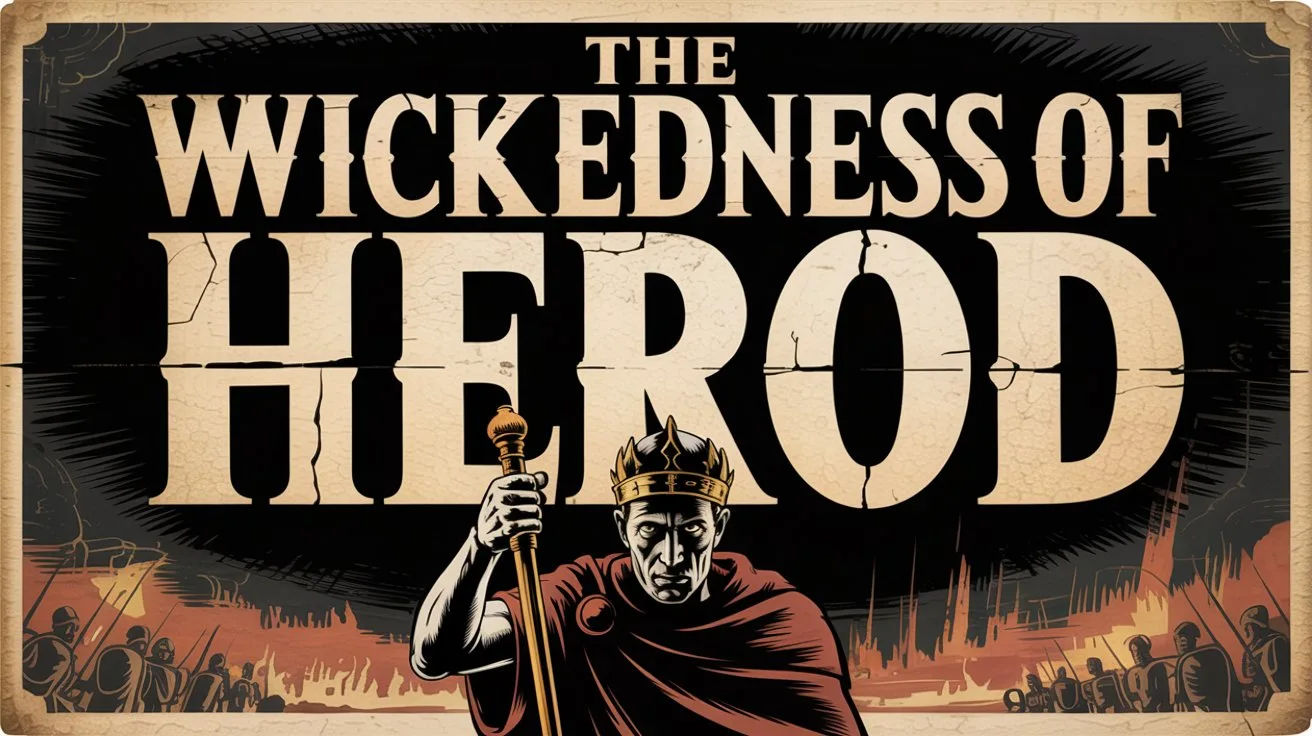The account of the writing on the wall is found in Daniel 5 and occurs during the reign of Belshazzar, king of Babylon. Belshazzar hosted a great feast for a thousand of his lords and, in a display of arrogance, commanded that the gold and silver vessels taken from the Temple in Jerusalem be brought for drinking. As they praised the gods of gold, silver, bronze, iron, wood, and stone, a mysterious event occurred.
Suddenly, the fingers of a man’s hand appeared and wrote on the plaster of the palace wall near the lampstand. The king was terrified, his countenance changed, and his knees knocked together. None of the wise men of Babylon could read or interpret the writing (Daniel 5:5–8).
The queen mother reminded Belshazzar of Daniel, who had interpreted dreams and visions during the days of King Nebuchadnezzar. Daniel was summoned, and the king offered him rewards if he could interpret the writing. Daniel declined the gifts but agreed to interpret the message.
First, Daniel rebuked Belshazzar for not humbling himself despite knowing how God had dealt with Nebuchadnezzar. He condemned the king for exalting himself, defiling the sacred vessels, and failing to glorify the God who holds his breath in His hand.
The writing was: MENE, MENE, TEKEL, UPHARSIN. Daniel interpreted the words:
MENE: “God has numbered your kingdom and finished it.”
TEKEL: “You have been weighed in the balances and found wanting.”
PERES (the singular form of UPHARSIN): “Your kingdom has been divided and given to the Medes and Persians.”
That very night, Belshazzar was slain, and Darius the Mede received the kingdom (Daniel 5:30–31).
This event demons/”>demonstrates God’s judgment upon pride, irreverence, and rebellion. It reveals that God alone sets up and removes kings, and He weighs all men according to His righteous standard. The writing on the wall remains a warning to all who defy the holiness of God.







